Question Mark: Rules, Usage, and Examples
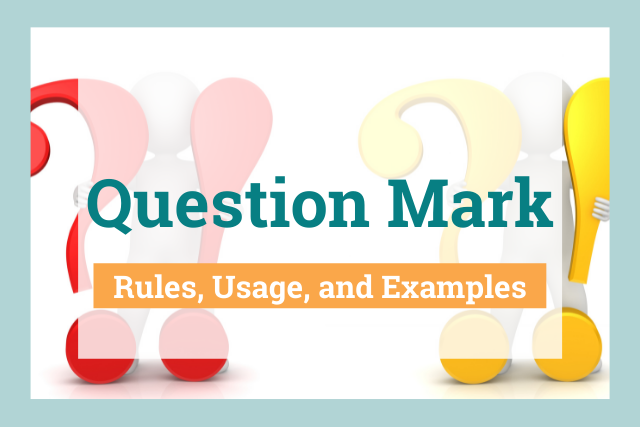
A question mark replaces a period at the end of a sentence when the sentence is a question. Sometimes, question marks are known as interrogation points.
The question mark symbol is one of the main three end marks for sentences; the other two are the period and the exclamation point.
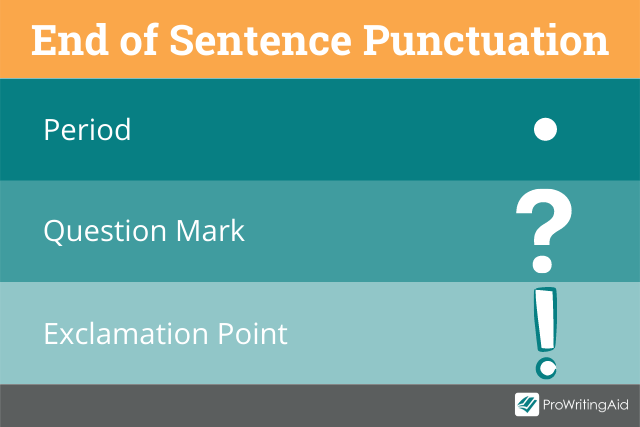
What Does a Question Mark Mean?
A question mark indicates to your readers that your sentence should be read as an inquiry. It is the end mark used in interrogative sentences.
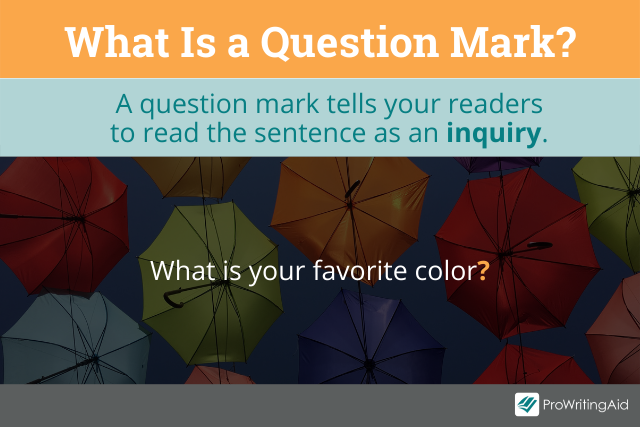
Question words like who, when, where, why, what, which, and how indicate that a sentence is a question. If your sentence begins with one of those words, then it’s most likely a question and should end with a question mark.
Not all direct questions begin with those words, however. Another quick way to see if a question mark is necessary is to read for inflection. When we ask questions, our voice goes up at the end of the statement. Should there be an inflection in your inquiry? If so, add a question mark.
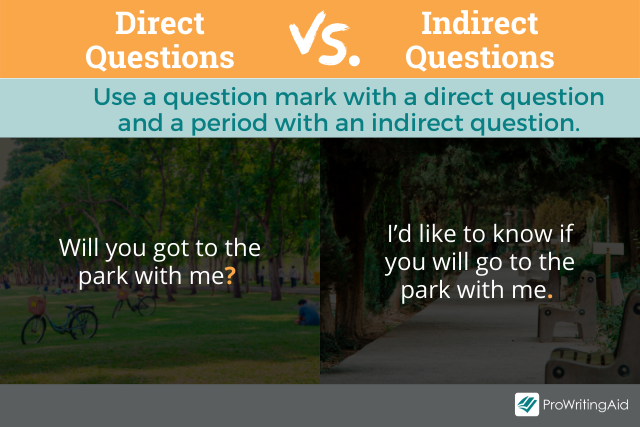
How to Use a Question Mark in a Sentence
Use a question mark at the end of a direct question. This means the questions are asked directly. Indirect questions are embedded within a declarative sentence. Here’s what this looks like.
- Direct question: Will you have dinner with me?
- Indirect question: I’d like to know if you’d have dinner with me.
If you’re asking directly, end your sentence with a question mark symbol. If you’re asking indirectly, use a period.
Rules for Correctly Using Question Marks
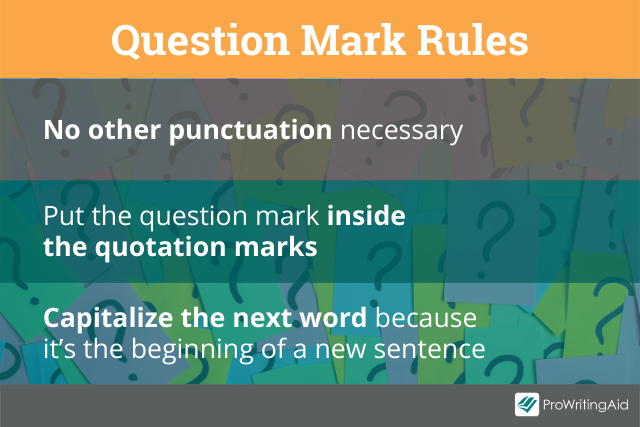
Rule #1: No Other Punctuation
You don’t need to use a question mark in conjunction with other ending punctuation, like a period or an exclamation point. The question mark symbol is a piece of end punctuation, so it replaces a period or exclamation point.
- Incorrect example: How are you feeling?.
- Correct example: How are you feeling?
An exception to this rule is the interrobang, which is a combination of the question mark and exclamation point. While a separate symbol exists, many times people type it with a question mark plus an exclamation point.
It’s not a common punctuation mark, nor is it required to show an exclamatory sentence. Just a question mark will do!
Here’s how an interrobang works. Notice that both examples are correct.
- Correct example: Are you kidding me?!
- Correct example: Are you kidding me?
Rule #2: Capitalize the Next Word
You should always capitalize the first letter of the word directly after a question mark. A question mark denotes the end of a direct question. This means that the next word is the start of a new sentence, so a capital letter is necessary.
- Incorrect example: When are we leaving? my mom wants to go soon.
- Correct example: When are we leaving? My mom wants to go soon.
Rule #3: Question Marks in Quotes
If you’re writing a quoted question, you should put the question mark within the quotation marks. The direct question is the quote, so we need to attach our question mark to it.
- Incorrect example: “What’s for dinner”? he asked.
- Correct example: “What’s for dinner?” he asked.
Never miss a question mark with ProWritingAid’s grammar checker.